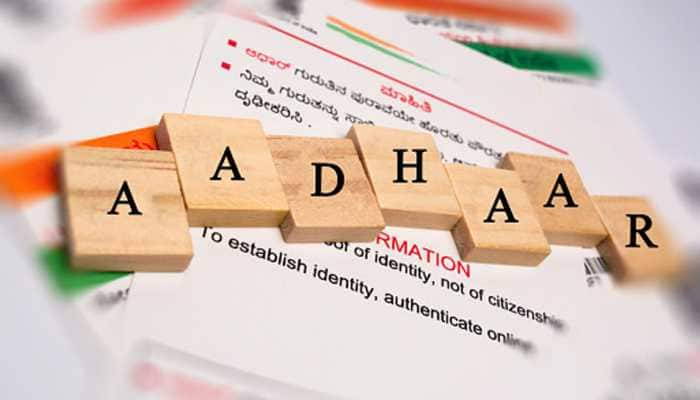Bharatmala network puts 25 toll road projects at risk: Report
The Bharatmala network designed on the shortest possible route connecting the origin and destination is bound to impact the existing network by directly competing with a few stretches including some of the existing BOT.
Trending Photos
)
Mumbai: Around 25 toll road projects with an Rs 19,435-crore debt are at risk due to the planned economic corridors under the Bharatmala project, says a report.
The Bharatmala network designed on the shortest possible route connecting the origin and destination is bound to impact the existing network by directly competing with a few stretches including some of the existing BOT (build, operate and transfer) road projects, rating agency Icra said.
The agency in its report accessed the impact of the proposed 44 economic corridors under the Bharatmala project on the existing road network in terms of risk of traffic diversion, which could, in turn, have an impact on the debt servicing ability of some of the toll projects.
"There are 24 BOT and one OMT (operate, maintain and transfer road) projects whose traffic could get affected due to the proposed corridors. These 25 projects involving Rs 19,435 crore of debt would be at risk as a result of new economic corridors under Bharatmala Pariyojana," it said.
Out of the 44 economic corridors, according to Icra, about 21 would partially or fully affect the existing alignments, while the remaining 23 involve up-gradation of existing alignment and thus will not result in any deviation from existing alignments.
Among the 21 corridors that affect the existing network, eight have a totally different route (shortest route between origin and destination) as against the existing route, while the remaining 13 have some deviations, it said.
Shubham Jain, vice-president and sector head, corporate ratings, Icra said the risk of traffic diversion is assessed based on the traffic mix, long distance traffic movement and key feeder routes.
"The traffic diversion risk for about 72 percent of the projects is low, while 16 percent of them have a moderate risk and the remaining 12 percent have high risk of leakage in traffic with the availability of an alternate route," he added.
Stay informed on all the latest news, real-time breaking news updates, and follow all the important headlines in india news and world News on Zee News.
Live Tv







)
)
)
)
)
)
)
)
)
)
